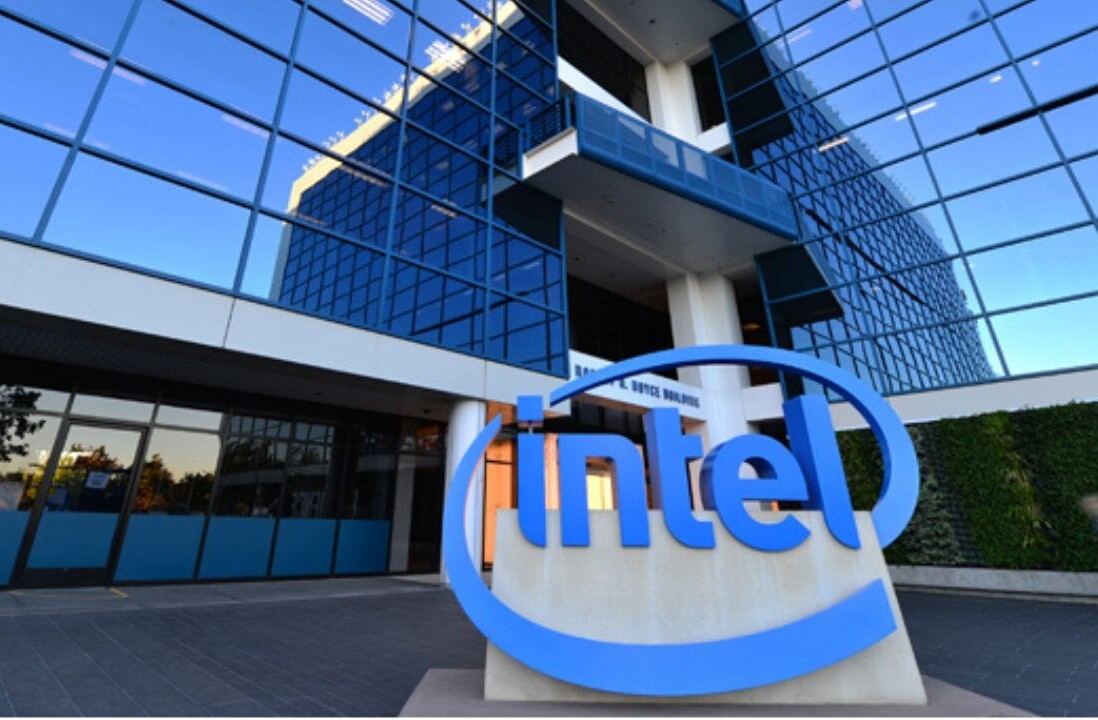
What’s the difference between a company that uses big data like a grown-up and one that is still in the playpen?
Collect it, store it, crunch it, display it… big data has always sounded more like a candy-store display than something businesses use everyday. This past year, as the Economist Intelligence Unit reported, big data finally hit adolescence, creating a rift between companies who still wrap it in nice packages and those who use it to change business.
Storing that data for “someday” use or turning it into pie charts isn’t enough. Just as a LinkedIn or Facebook feed shows highlights so you don’t have to visit individual pages, users now realize they want the same from their data. Mature data-driven businesses find the specific data they need to answer their questions, and integrate insights into the very fiber of the business.
In the future, this will be the only way to thrive. And the dashboard has no part of it – the business intelligence dashboard is dead.
Time to re-think what data is about
From IBM’s purchase of the Weather Company’s data to Marc Cuban’s investment in the real-time sports data provider Sportradar, corporations and venture investors are placing big bets on tools that make data actionable.
Those tools will open new markets in everything from fantasy football to disaster preparation. AngelList reports more than 3,000 startups that specialize in processing data in innovative ways, creating new markets and new opportunities as they go.

The game has changed from gathering, storing and reporting on data to putting data to work. The volume of data has grown to the point that the BI dashboard itself is based on obsolete principles. The dashboard was invented at a time when companies still stored their own (limited amounts of) data. Dashboards only offered insights because data pools were the size of a pond, not the Pacific Ocean. Today’s data glut means dashboards don’t have the contextual sophistication to provide information applicable beyond an executive glimpse, because data and context changes too quickly.
What a dashboard is good for
Can a dashboard help you pry open a new market? Can it help your IT team in India address an urgent data center problem?
At this point, it can do neither. The point of the dashboard is to display data in a visually pleasing way, in a manner that helps executive decision makers see the big picture and make decisions based on quantitative truths rather than qualitative assumptions. But in the age of massive data, this is a niche function, not a practical everyday one.
There is simply too much data for businesspeople to know what matters most, and in which context. It’s not as simple as looking at the dashboard of your car, seeing that you’re running out of fuel and finding a gas station. Executives can glance at dashboards all day long and still not know which important changes are taking place now.
Dashboards don’t integrate real-time unstructured data, like tweets, nor do they scan for every possible context. The information they provide is always incomplete.
A sales team could be congratulating itself on a successful week not knowing that a product recall just hit the news, causing their biggest client to pull out of a deal. A customer support team could attribute a sudden increase in ticket volume to a news event, not knowing that a celebrity just scorned their product on TV.

The dashboard must find its niche in a larger picture of human-facing communications.
This shift for the BI dashboard is the only way businesses can work effectively with data. It is a partnership between humans and machines, where intelligent algorithms keep a digital finger on every available data pulse and point out issues that humans cannot find themselves — and humans interpret that data in the best means available, be it an Apple Watch alert about an employee theft two states over or a dashboard during a quarterly board presentation.
2016 is when BI will get the pie chart in its face
The business intelligence market is projected to reach $20B in 2018, proving that an entire industry can thrive on excuses. Providers and CEOs continue to invest in dashboard technology because they hope for a better result than is technologically feasible. It is a waste of hard-earned revenues. Meanwhile, 2016 shows signs of the tech bubble flattening, creating bargains for the legacy BI players who have been sitting on their coffers for the past 10 years, which was when the last wave of M&A happened in BI. The dashboard providers that looked like masters of the universe in 2015 will become 2016’s value-add.
And, if we can get past our dysfunctional attachment to the dashboard, the business intelligence industry will focus not on distracting end users with pie charts, but delivering them the most actionable data they need right now — everywhere.
Read next: 5 business secrets you’ve probably never thought about
Get the TNW newsletter
Get the most important tech news in your inbox each week.




